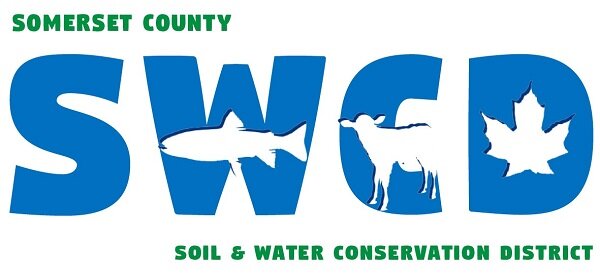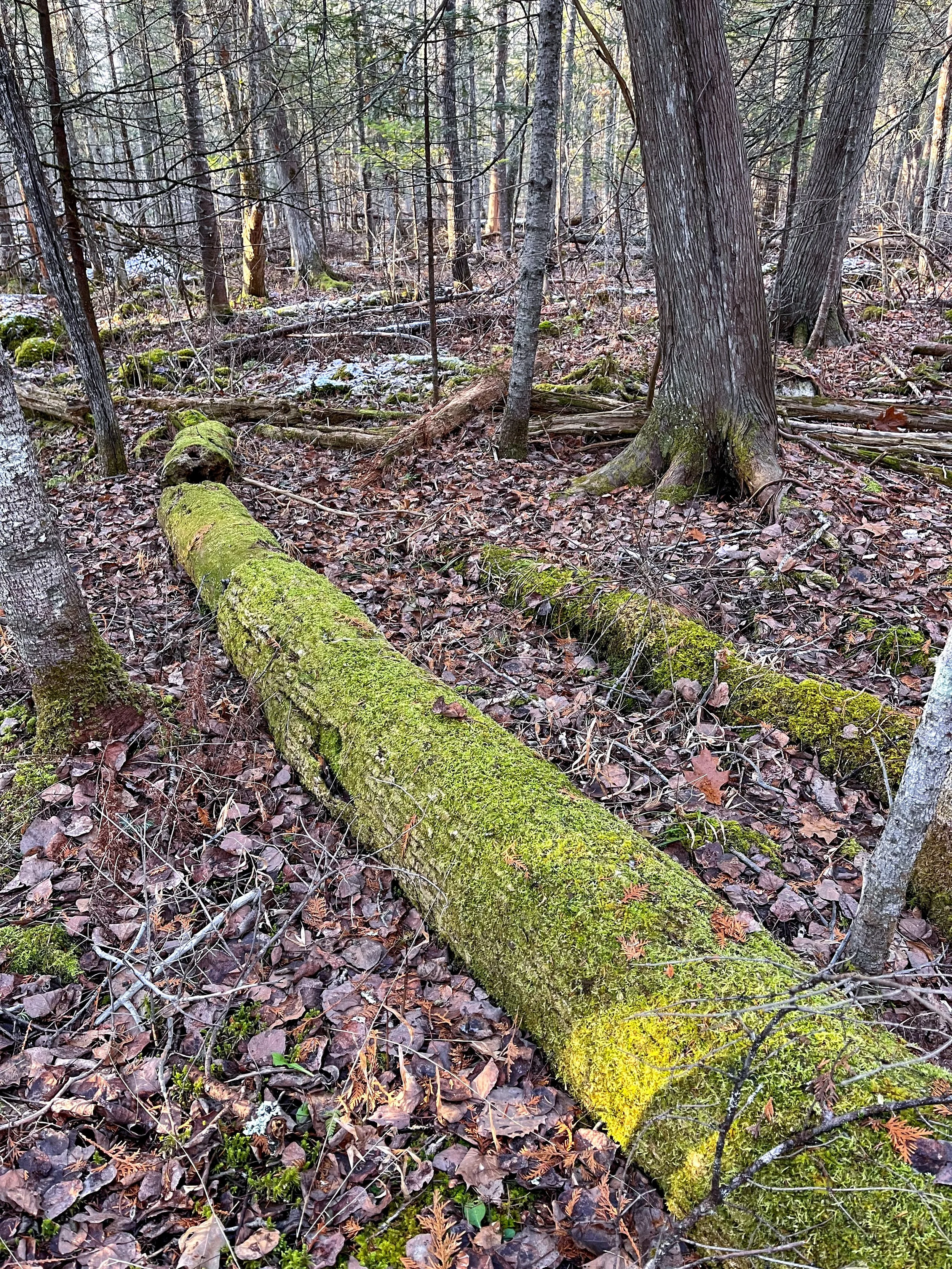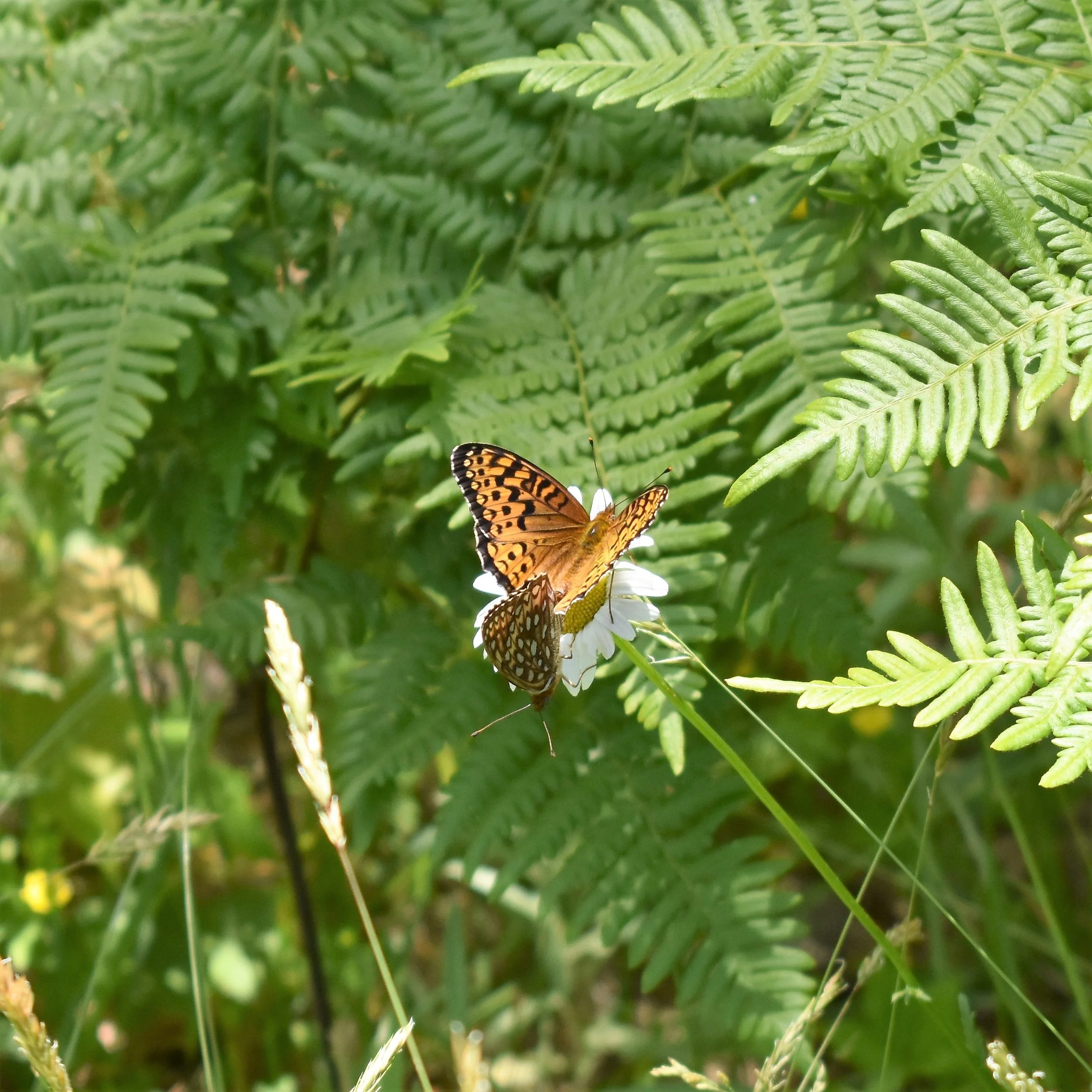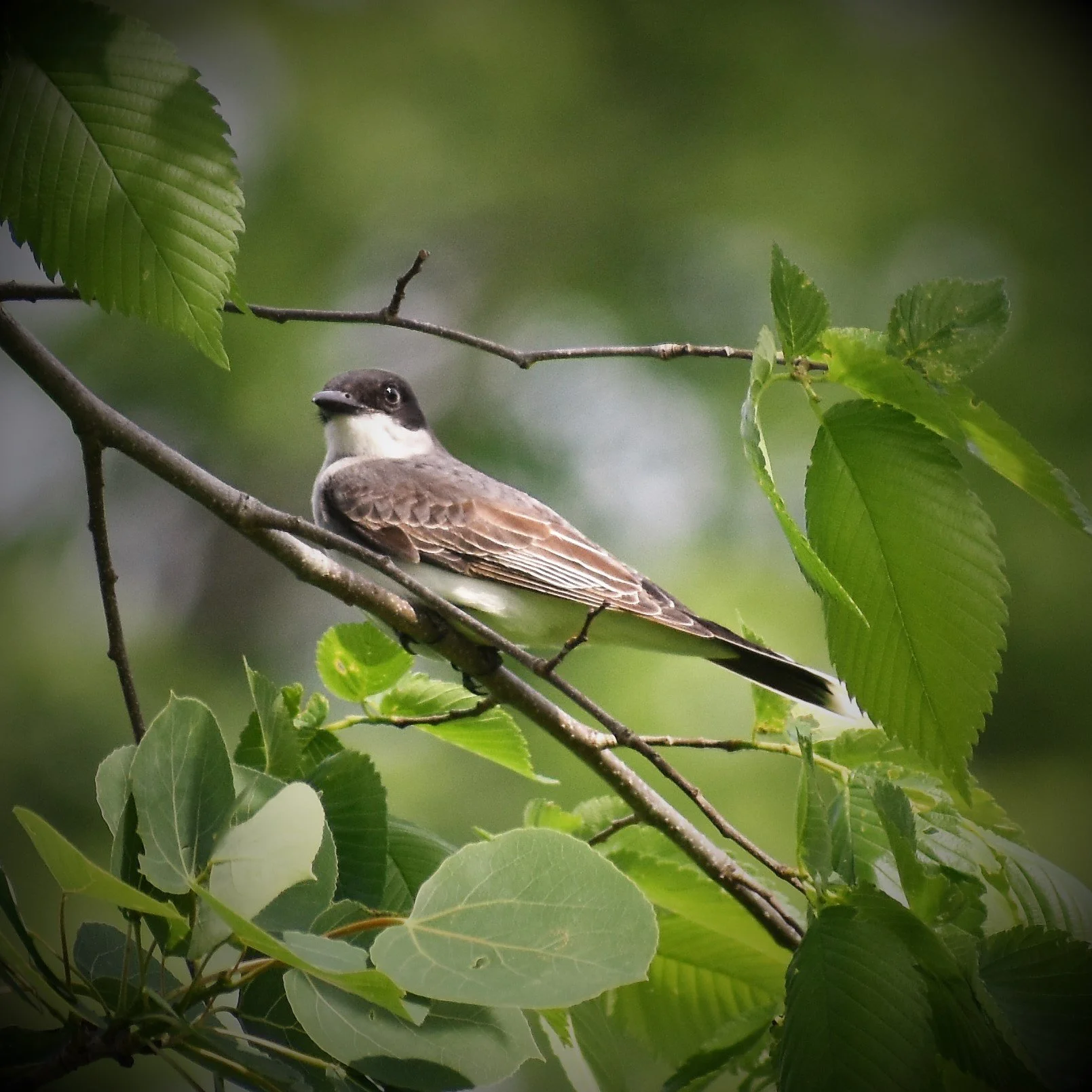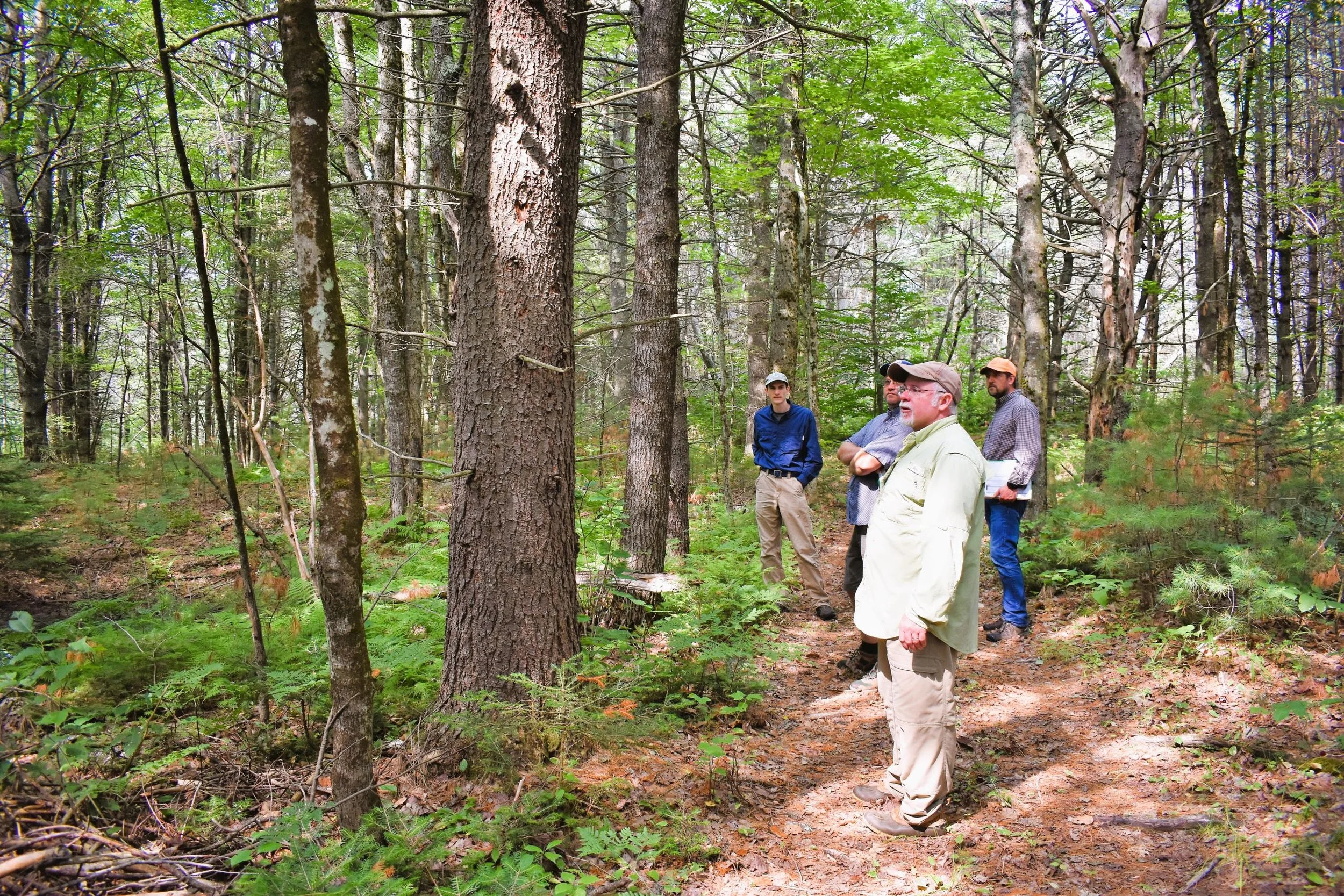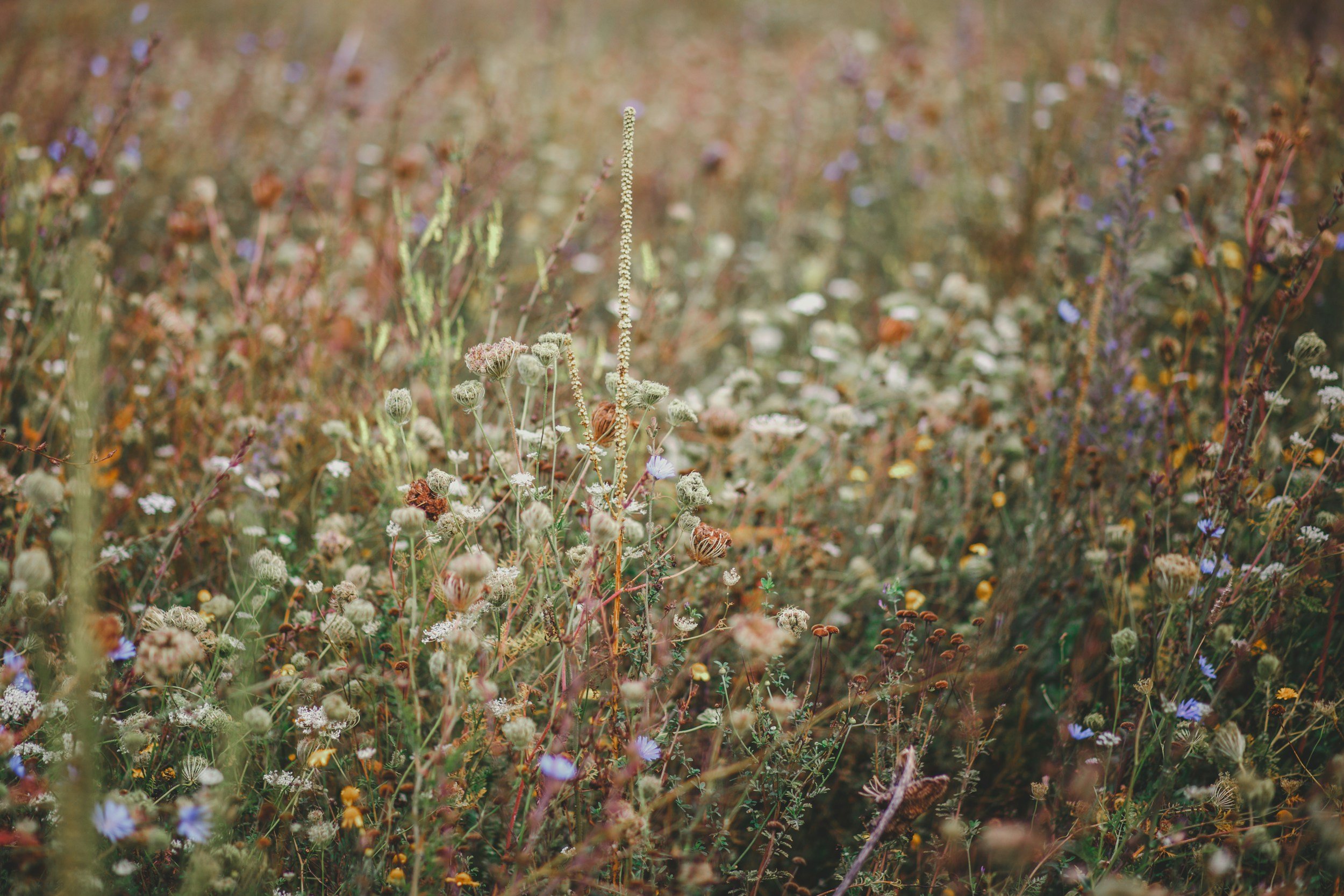
STEWARDSHIP NOTES BLOG
Woodland Habitat - Messy Is Better!
This woody debris is no longer living but it is far from “dead”.
In Bloom: Showy Tick Trefoil & Purple Loosestrife
I tend to measure summer’s passing not by the calendar but by the flowers in bloom. This weekend, driving north after a week away, I was alarmed by the hint of purple along the roadside.
Forests Provide Essential Habitat for Pollinators
Flower gardens are well known for their support of pollinators like bees, butterflies and beetles, but do forests provide the same benefit?
Spring Birds Are Returning - Are You Ready?
After months of winter hush, spring feels loud. It begins with that first ‘hey sweetie’ from a frisky chickadee in late February. And when the red-winged blackbirds first pierce the quiet, you know the springtime noise is about to get real.
NRCS for Woodland Owners
Recently Joe Dembeck, Somerset SWCD's Executive Director, presented a webinar hosted by Maine Organic Farmers and Gardeners Association (MOFGA) that provided greater details on these two NRCS cost-share programs for Maine woodland owners.
Pruning Apple Trees
When pruning trees that have not been pruned in a while (10+ years) - or never, think of it as a multi-year task. Years 1-3 are focused on removing dead wood, creating shape amongst branches, and providing a balanced shape to the tree. Years 4+ will be focused on maintaining shape and production.
Knock Out Browntail
February 2022 has been recognized as Browntail Moth Awareness Month in Maine to encourage people to take advantage of the dormant season of the insect and join together to reduce impacts from browntail moth (BTM).
Seeds on Snow
On your next winter walk, find a birch tree and you will likely find its neatly packaged seeds spread out across the snow.
Pruning Winter White Pines
One of my favorite winter stewardship activities is pruning younger, well-formed white pines. The pruning of the lower branches is solely focused on allowing future growth of clear “knot free” wood, thereby increasing the value of the tree as a higher-grade sawlog.
Be Grateful for the Dead
By providing habitat, nutrients, shelter and more, down logs like my beloved oak are the biological capital that fuels the long-term health of a forest ecosystem.
